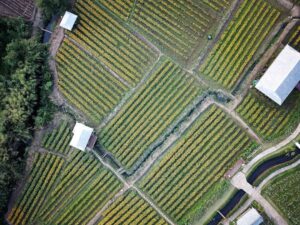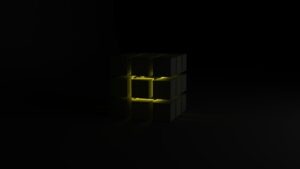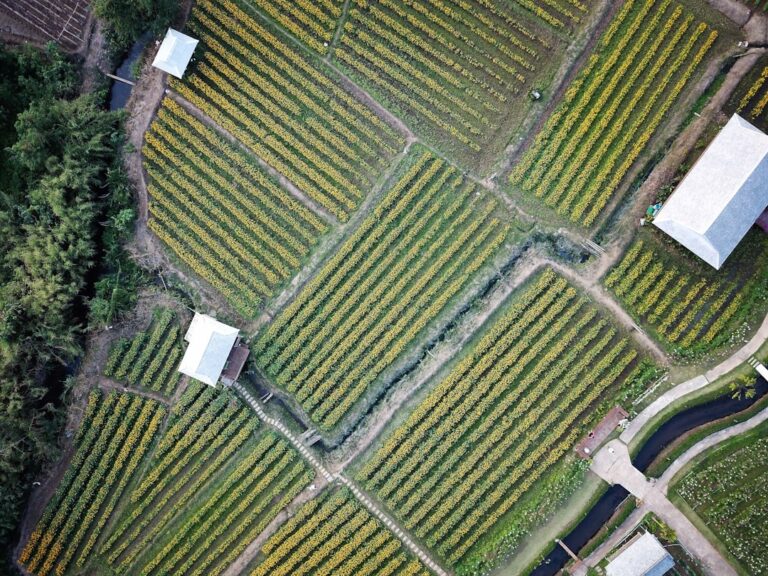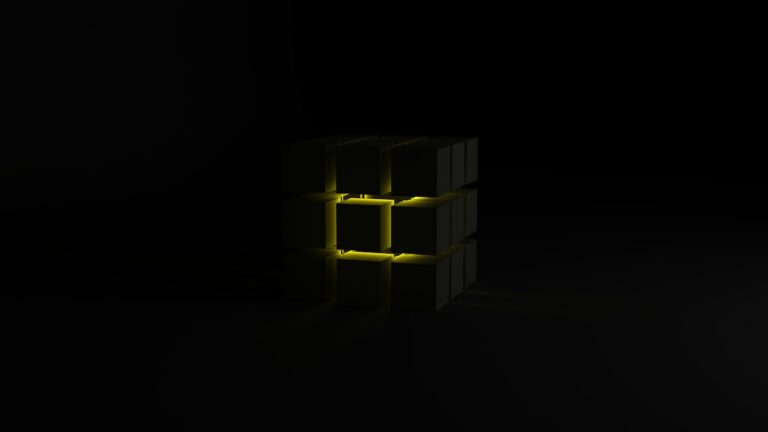In the realm of digital imaging, denoising has emerged as a critical process that significantly enhances the quality of photographs and videos. Noise, often characterized by random variations in brightness or color, can detract from the overall aesthetic and clarity of an image. This is particularly evident in low-light conditions where the sensor’s limitations become pronounced, leading to grainy or speckled visuals.
Denoising serves to mitigate these imperfections, allowing for a more polished and professional appearance. The importance of this process cannot be overstated, as it directly impacts the viewer’s experience and the effectiveness of visual storytelling. Moreover, denoising is not merely a cosmetic enhancement; it plays a vital role in preserving essential details within an image.
When noise is present, it can obscure fine textures and subtle gradients, which are crucial for conveying depth and realism. By employing effective denoising techniques, photographers and videographers can ensure that their work maintains its integrity and communicates the intended message without distraction. This is especially important in fields such as medical imaging, scientific research, and surveillance, where clarity and precision are paramount.
Key Takeaways
- Denoising is crucial for improving the quality of images and videos by reducing unwanted noise and artifacts.
- Image noise is caused by various factors such as sensor limitations, high ISO settings, and compression algorithms.
- Common types of image noise include luminance noise, chroma noise, and salt-and-pepper noise.
- Techniques for denoising images include using software tools, adjusting camera settings, and applying filters.
- Choosing the right denoising software depends on factors such as the type of noise, desired level of control, and compatibility with existing workflow.
The Science Behind Image Noise
To fully appreciate the significance of denoising, it is essential to understand the underlying science of image noise. Noise in digital images primarily arises from various sources, including sensor limitations, environmental factors, and the inherent characteristics of the imaging technology used. For instance, thermal noise is generated by the random motion of electrons within the camera sensor, which becomes more pronounced at higher temperatures or longer exposure times.
This type of noise can manifest as unwanted speckles or graininess in an image, particularly in low-light scenarios. Another common source of noise is shot noise, which occurs due to the statistical nature of photon detection. In low-light conditions, the number of photons hitting the sensor is reduced, leading to greater variability in pixel values.
This randomness can create a grainy appearance that detracts from image quality. Additionally, quantization noise arises during the analog-to-digital conversion process when continuous signals are rounded to discrete values. Each of these noise types contributes to the overall degradation of image quality, making denoising an essential step in the post-processing workflow.
Different Types of Image Noise
Understanding the various types of image noise is crucial for selecting appropriate denoising techniques. One prevalent form is Gaussian noise, which is characterized by a bell-shaped distribution of pixel intensity values. This type of noise typically results from electronic interference and can be effectively reduced using algorithms that assume a normal distribution of pixel values.
Gaussian noise often appears as a fine grain across an image and can be particularly troublesome in smooth areas like skies or skin tones. Salt-and-pepper noise is another common type that manifests as randomly occurring white and black pixels scattered throughout an image. This noise can result from transmission errors or sensor malfunctions and can be particularly disruptive to image quality.
Denoising techniques for salt-and-pepper noise often involve median filtering, which replaces each pixel’s value with the median value of its neighboring pixels, effectively removing outliers while preserving edges. Poisson noise is also significant, especially in low-light photography where the number of detected photons follows a Poisson distribution. This type of noise tends to be more pronounced in darker areas of an image and can lead to a loss of detail in shadows.
Understanding these different types of noise allows photographers and videographers to tailor their denoising strategies effectively, ensuring optimal results based on the specific challenges presented by each image.
Techniques for Denoising Images
| Technique | Advantages | Disadvantages |
|---|---|---|
| Median Filtering | Effective at removing salt-and-pepper noise | May blur edges and fine details |
| Wavelet Transform | Preserves edges while reducing noise | Complex implementation |
| Non-local Means Denoising | Preserves fine details | Computationally intensive |
| BM3D | Effective for additive white Gaussian noise | High computational cost |
A variety of techniques exist for denoising images, each with its strengths and weaknesses depending on the type of noise present and the desired outcome. One widely used method is spatial filtering, which involves analyzing pixel values within a local neighborhood to determine how to adjust each pixel’s intensity. Gaussian blur is a common spatial filtering technique that smooths out noise by averaging pixel values within a defined radius.
While effective for Gaussian noise, this method can sometimes lead to a loss of sharpness in fine details. Another popular approach is frequency domain filtering, which involves transforming an image into its frequency components using techniques such as the Fast Fourier Transform (FFT). By manipulating these frequency components—removing high-frequency noise while preserving lower frequencies—this method can achieve impressive denoising results without sacrificing detail.
However, frequency domain methods can be computationally intensive and may require a deeper understanding of signal processing principles. Wavelet transforms have also gained traction in recent years as a powerful denoising technique. This method decomposes an image into its wavelet coefficients, allowing for selective thresholding based on the scale of detail present in the image.
By applying different thresholds to different scales, wavelet-based denoising can effectively reduce noise while preserving important features and textures. Each technique has its place in the denoising toolkit, and often a combination of methods yields the best results.
Choosing the Right Denoising Software
Selecting appropriate denoising software is crucial for achieving high-quality results in image processing. Numerous options are available on the market, ranging from standalone applications to plugins for popular editing software like Adobe Photoshop or Lightroom. When evaluating denoising software, several factors should be considered, including ease of use, processing speed, and the range of features offered.
For instance, software like Topaz DeNoise AI utilizes artificial intelligence to analyze images and intelligently reduce noise while preserving detail. This approach allows users to achieve impressive results with minimal manual intervention. On the other hand, programs like Neat Image offer advanced controls for fine-tuning denoising parameters, making them suitable for users who prefer a more hands-on approach to image editing.
Additionally, it is essential to consider compatibility with existing workflows and hardware capabilities. Some denoising software may require significant processing power or memory resources, which could impact performance on less powerful machines. Ultimately, choosing the right software involves balancing personal preferences with technical requirements to ensure optimal results.
Tips for Achieving Professional Results
Achieving professional-quality results in denoising requires not only the right tools but also a thoughtful approach to image processing. One key tip is to always work with high-quality source images whenever possible. Images captured at higher resolutions tend to retain more detail even after denoising processes are applied.
Additionally, shooting in RAW format provides greater flexibility during post-processing since RAW files contain more information than standard JPEGs. Another important consideration is to apply denoising selectively rather than uniformly across an entire image. Using layer masks or selective adjustments allows photographers to target specific areas that require noise reduction while preserving detail in other regions.
For example, it may be beneficial to apply stronger denoising in shadow areas where noise is more pronounced while leaving highlights untouched to maintain their crispness. Furthermore, it’s essential to regularly evaluate results at different zoom levels during the editing process. Zooming in too closely may lead to over-processing and loss of detail; conversely, viewing images at their intended display size helps ensure that adjustments appear natural and cohesive.
By adopting these practices, photographers can enhance their workflow and achieve polished results that stand out.
The Role of Denoising in Photography and Videography
Denoising plays a pivotal role in both photography and videography by enhancing visual quality and ensuring that content meets professional standards.
Denoised images allow photographers to showcase their subjects without distractions caused by unwanted noise.
This is especially crucial when printing images at large sizes or displaying them in galleries where every detail matters. In videography, denoising becomes even more critical due to the dynamic nature of moving images. Noise can be particularly distracting during motion sequences or when capturing fast-paced action scenes.
Effective denoising techniques help maintain smooth transitions and clear visuals throughout a video project. Moreover, with the rise of high-definition (HD) and 4K video formats, the demand for clean footage has increased significantly; thus, videographers must employ robust denoising strategies to meet audience expectations. The integration of denoising technology into video editing software has also transformed how filmmakers approach post-production workflows.
Future Developments in Denoising Technology
As technology continues to evolve at a rapid pace, so too does the field of image denoising. One promising area of development lies in machine learning and artificial intelligence (AI). Recent advancements have led to algorithms capable of learning from vast datasets to identify patterns associated with different types of noise more effectively than traditional methods.
These AI-driven solutions can adaptively adjust their parameters based on specific image characteristics, resulting in superior denoising outcomes that preserve intricate details while eliminating unwanted artifacts. Additionally, real-time processing capabilities are becoming increasingly sophisticated due to advancements in hardware acceleration through graphics processing units (GPUs). This trend allows for faster rendering times and more complex algorithms that were previously impractical for real-time applications.
As a result, filmmakers and photographers will have access to increasingly powerful tools that enhance their creative capabilities without compromising efficiency. Furthermore, as imaging technology continues to advance—such as through developments in sensor technology or computational photography—the need for effective denoising solutions will only grow more critical. Future innovations may focus on integrating denoising processes directly into camera systems or leveraging cloud-based solutions for enhanced processing power on demand.
In conclusion, understanding the importance of denoising within digital imaging reveals its multifaceted role across various applications—from enhancing aesthetic quality to preserving critical details essential for effective communication through visuals. As technology progresses and new techniques emerge, professionals will continue to refine their approaches to ensure that their work remains at the forefront of visual excellence.
Denoising is a crucial process in data analysis and image processing, where the goal is to remove noise from a signal or image to enhance its quality. This concept can be related to the precision required in selecting accurate colors for digital design, as both involve refining data to achieve clarity and accuracy. For those interested in the meticulous process of selecting precise colors, you might find the article on The Ultimate Guide to Online Color Pickers: Hex and HTML Color Picker Tools insightful. This guide delves into tools that help designers choose exact colors, akin to how denoising helps in refining data for better interpretation.





















+ There are no comments
Add yours